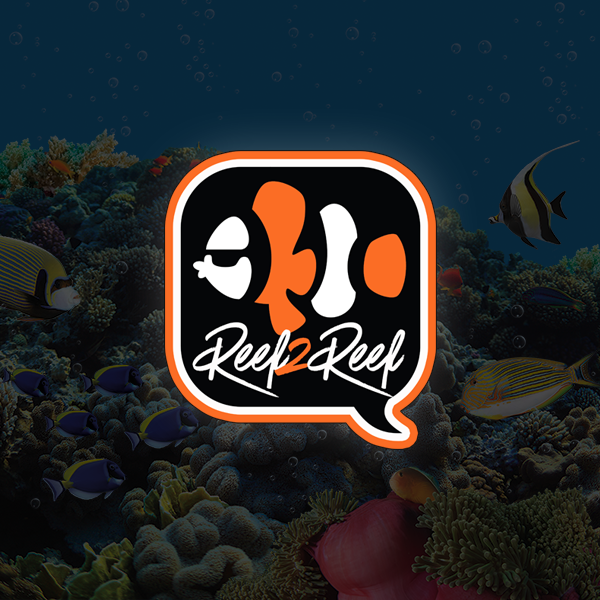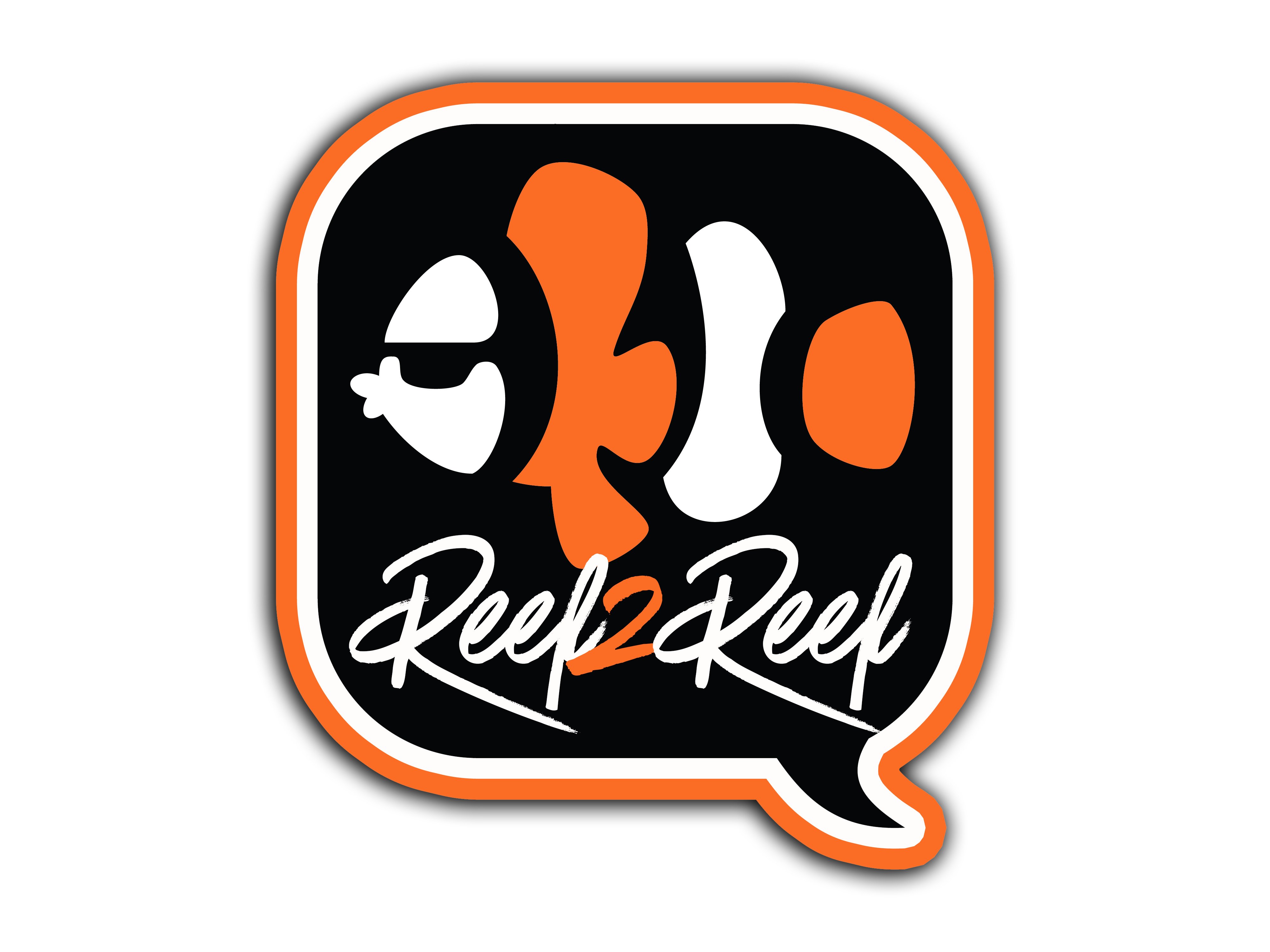Navigation
Install the app
How to install the app on iOS
Follow along with the video below to see how to install our site as a web app on your home screen.
Note: This feature may not be available in some browsers.
More options
You are using an out of date browser. It may not display this or other websites correctly.
You should upgrade or use an alternative browser.
You should upgrade or use an alternative browser.
Purple (liver?) Sponge. What eats it?
- Thread starter SamMule
- Start date
- Tagged users None
Theres always that risk.And corals...
I'd love to buy some of this sponge! attempting to do a sponge dominant tank.
Not sure exactly what kind of sponge you have there, but it's quite neat - I don't expect you'll find anything reef-safe that will eat it:Looking for something that will eat what I'm guessing is purple liver sponge.
Without eating corals, of course....


Lots of things will eat sponges, but I don’t know if any of them (that won’t starve like nudibranchs would) are totally reef-safe - almost anything that might eat sponges are a risk to corals too (and, in some cases, inverts as well). Beyond that, not every sponge eating critter will eat every sponge, so there’s no guarantee any critter you get would eat the sponges you want them to.
To quote another of my posts:
Manual removal is almost certainly your best option here (for why, see the first quote below,
Just to put this out there - the problem with using biological controls (i.e. something that eats it) with sponges is that there are a ton of different sponges, some of which look indistinguishable from others. Some of these sponges are inedible or extremely undesirable foods to some species (either because of chemical defenses* or just because of taste preferences) while being highly desirable to other species. So, even if you pull in a known sponge-eating species of fish/starfish/whatever, there's no guarantee it will eat the sponge you want it to eat. Also, many of these sponge-eating species eat other things (like coral) that you might not want them eating.
Long story short, manual removal is probably your best option for sponges until more study has been on both specific sponges and specific sponge-eaters, but you can try it if you want.
*Just as a note on the chemical defenses of sponges, many sponges produce chemicals to avoid being eaten. Some of these chemicals are more generalized, some of them are specifically anti-fish, some are specifically anti-echinoderm (starfish, urchin, etc.), etc. So, again, some things might eat one sponge but not another, and because of the whole indistinguishable thing mentioned above, the sponges that are and are not being eaten may look pretty much identical (some may be distinguished/ID'ed under microscopic investigation, others may need to be DNA tested to be distinguished/ID'ed).
Just my two cents here.
All of that said, if you’re really determined to try biological controls (i.e. predation) for your sponges, here are some known sponge eaters you might be able to find in the hobby:
-Angelfish (particularly large angels, from what I’ve seen)
-The pencil urchin Eucidaris tribuloides*
-Starfish (quite a few different species eat sponges, but not all of them do; aside from Aquilonastra starfish - known in the hobby as Asterina starfish - starfish have abysmal survival rates past ~8-13 months, so I’d suggest to avoid these)
-Moorish Idols (these have abysmal survival rates pretty much regardless of how long they’ve been in captivity, so I can’t recommend them either)
-Nudibranchs (they only eat like 1 to 4 specific species of sponge total, and they will not branch out beyond those species - please do not buy these, they will starve)
-Some trunkfish and (typically large) filefish reportedly eat sponges (and inverts)
I’m sure there are some other species I’ve missed (particularly fish species), but that pretty well covers the known sponge eaters.
*Info on the pencil urchin diet:

- Joined
- Jul 31, 2017
- Messages
- 55
- Reaction score
- 12
This sounds great. I've been debating doing something on the unique side lately. This sounds cool. How would you source them? Seems like it's gotten easier in the past few years but I'm not seeing many sponges for sale.I'd love to buy some of this sponge! attempting to do a sponge dominant tank.
Similar threads
- Replies
- 17
- Views
- 229
TOP 10 Trending Threads
- Replies
- 83
- Views
- 1,812
- Replies
- 20
- Views
- 195
- Replies
- 20
- Views
- 187
-
- Poll
- Replies
- 95
- Views
- 1,633
- Replies
- 28
- Views
- 293
- Replies
- 29
- Views
- 365
- Replies
- 31
- Views
- 281
















